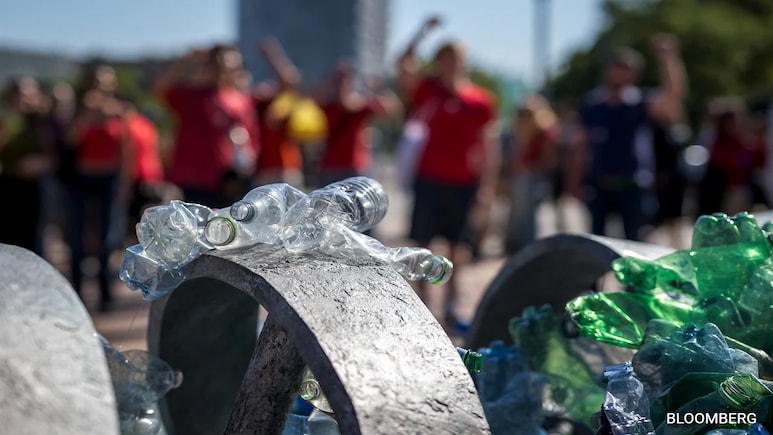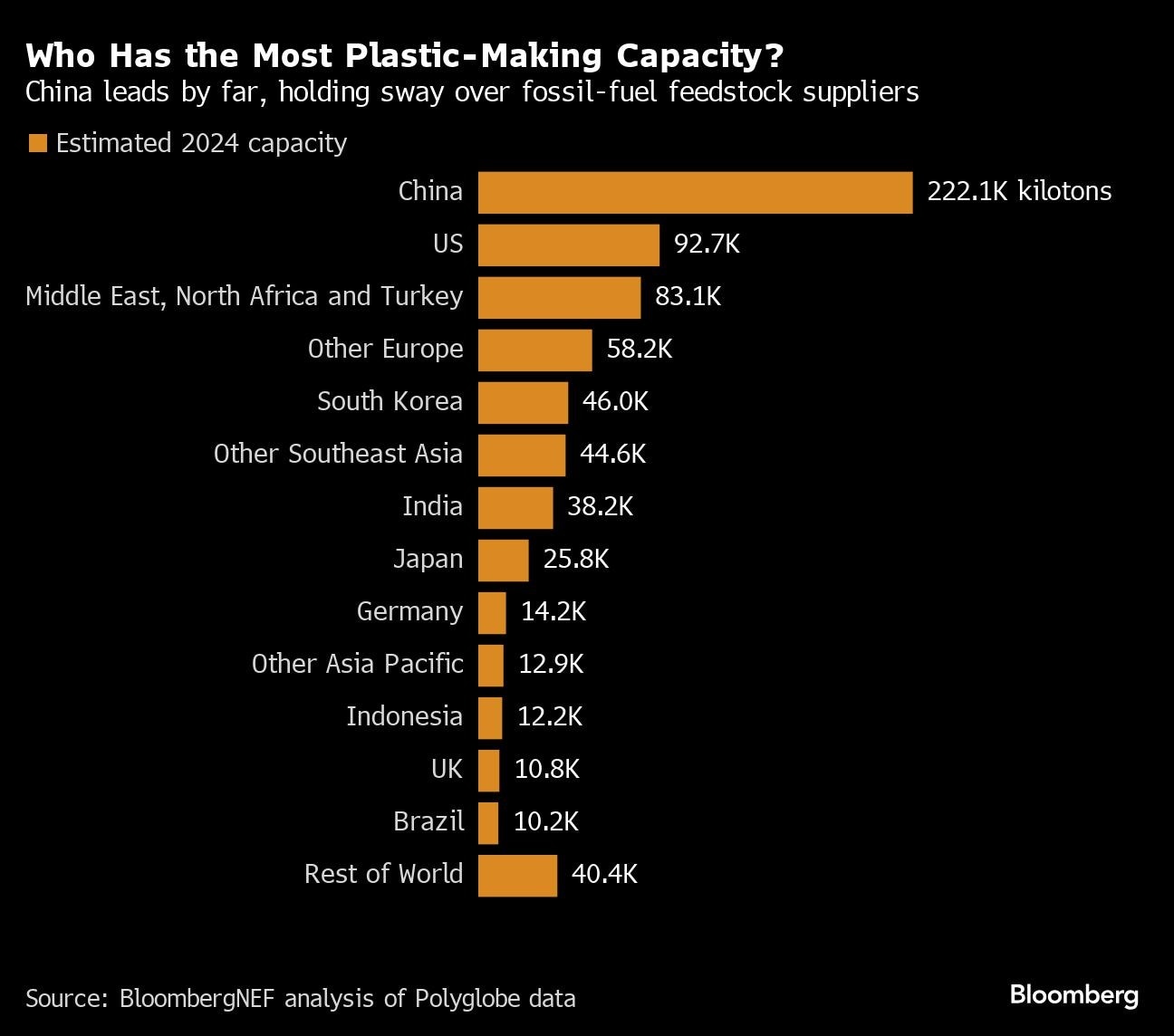
Almost every week seems to bring a new report that plastic is even worse than had been thought for both human and planetary health. This week, it's a paper in the Lancet that warns of a "grave, growing" danger from the rising tide of the material, and puts its health-related economic costs at more than $1.5 trillion a year.
Yet as diplomats gather today in Switzerland to negotiate an international treaty to tackle plastic pollution, the world seems further away from an agreement than it did when this process started three years ago.
The gathering convened by the United Nations is the sixth round of talks, after a previous "final" conference in Busan, South Korea, failed last winter. In the interim, there have been numerous negotiations to wrangle down the proposed text of the treaty. This cuts down on the work that delegates need to do in person.
Nevertheless, there remains a fundamental rift between countries that want a broad treaty capping the amount of new plastic produced and certain toxic chemicals in them, and a smaller group that wants to limit the agreement to improving plastic waste collection and boosting recycling. This split has dominated previous rounds of talks.
"I do see that division persisting," said Erin Simon, vice president and head of plastic waste and business at the World Wildlife Fund, one of the many NGOs pushing for a stricter treaty.

Differences will likely be even harder to overcome this time around because the world has seen leadership changes since Busan - most notably the re-election of US President Donald Trump, whose policies favor extracting more fossil fuels, the building blocks of plastic.
The US "supports an agreement that respects national sovereignty and focuses on reducing plastic pollution without imposing onerous restrictions on producers," a State Department spokesperson said. The State Department leads the US delegation at the talks.
Jessica Roff, plastics and petrochemicals campaign manager for the Global Alliance for Incinerator Alternatives (GAIA) US & Canada, described the US position as "disappointing." "The only way to effectively address the plastic crisis around the world is to have a legally binding treaty with production reduction at its core," she said.
Meanwhile, the volume of plastic in the world and the scientific record of its risks keep rising.
Plastics production continues to grow explosively, according to a 2024 report from the the Organisation for Economic Co-operation and Development. It doubled between 2000 and 2019, from 234 to 460 million tons. Without more ambitious policies, the amount of plastics produced around the world is set to reach 736 million tons by 2040.
Of the 16,000-plus chemicals in plastics, more than one-fourth are known to be hazardous to human health, while the majority have never been tested for toxicity, according to a recent paper in Nature. These chemicals appear to be found in every major plastic type, the study found.
But already, some have been linked to reproductive conditions, lower IQ in children and cancer and stroke risk in adults, with the highest risks seen when exposure occurs in utero, in infancy or in early childhood.
Scientists are in the early stages of understanding the health effects of microplastic and nanoplastic particles, which have been detected in human organs, blood and semen. A paper published just last week finds that adult humans inhale 68,000 lung-penetrating microplastic fragments a day - 100 times previous estimates. Another from last year found that patients with the particles in the walls of their blood vessels had a higher risk of heart attack, stroke or death roughly three years later.
There's also evidence that plastics' impact on climate change is more powerful than previously thought. A 2024 paper by researchers at Lawrence Berkeley National Laboratory found that in 2019, primary plastics production generated 2.24 gigatons of CO2 equivalent, or 5.3% of total greenhouse gas emissions that year - significantly more than one previous estimate of 3.4%.
A new initiative called the Lancet Countdown on Health and Plastics will monitor global efforts to reduce plastic exposure and mitigate its risks. It is a joint project of Boston College, Heidelberg University in Germany, the Centre Scientifique de Monaco and Australia's Minderoo Foundation.
"Plastic has been kind of invisible, overshadowed by the climate crisis, by air pollution, by things like wildfires," said Boston College Professor of Biology Philip Landrigan, lead author of the new Lancet literature review and a co-chair of the initiative. "It's taken us a while to realize the threat plastic pollution poses."
(This story has not been edited by NDTV staff and is auto-generated from a syndicated feed.)
Track Latest News Live on NDTV.com and get news updates from India and around the world

